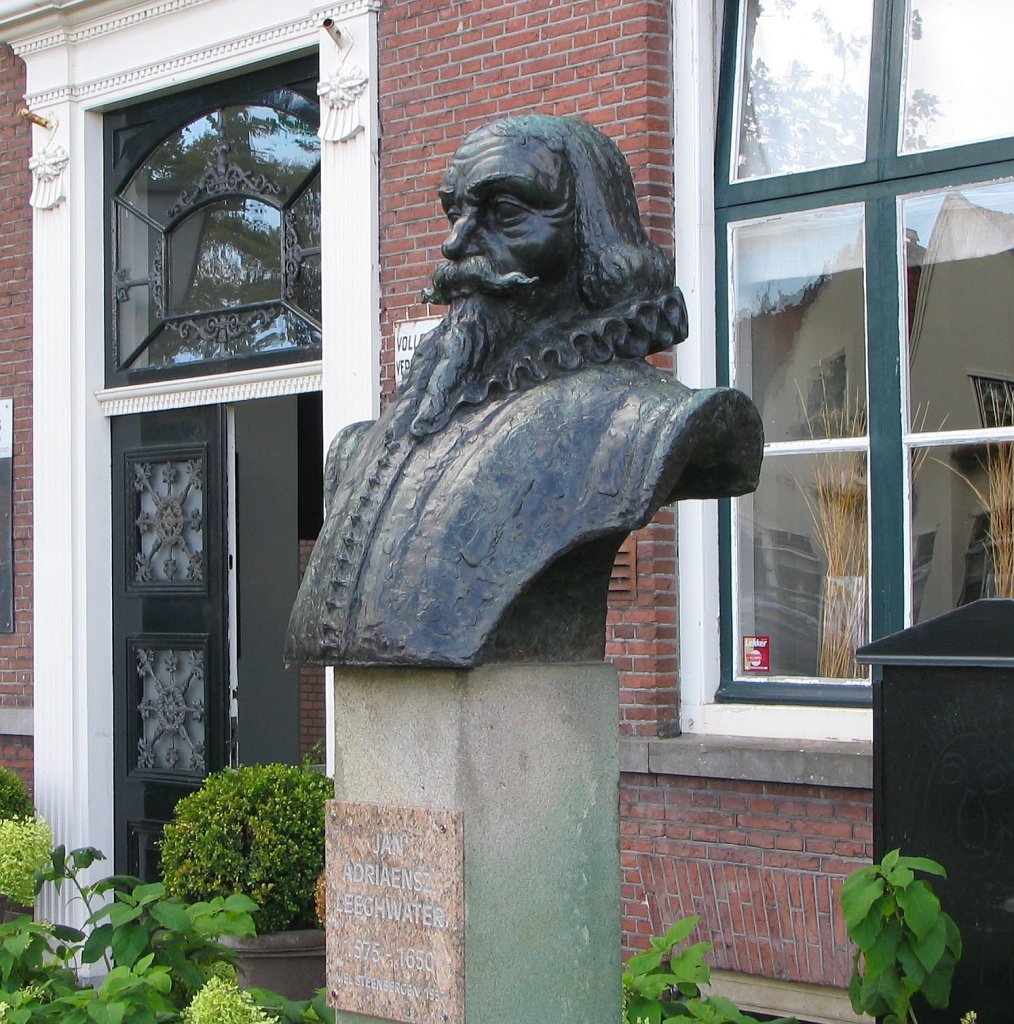Eternal fame

Around 1820 the reclamation of the Haarlemmermeer became topical again and with it the Haerlemmer-Meer-Boeck. As early as 1819, a prominent inhabitant of Alkmaar referred to Leeghwater in a new treatise on the Haarlemmermeer as "a learned man and one who is so well known for the water management of our country. Moreover, another reprint of the Haerlemmer-Meer-Boeck appeared in 1838. When in 1848-1852 the Haarlemmermeer was finally made land, one of the steam pumping stations was named Leeghwater. His fame rose to enormous heights after that. At the beginning of the last century, he was widely regarded as the great self-made engineer to whom all the great 17th-century reclamation projects were attributed. Since then, that grossly exaggerated image has been reduced to true proportions. Now we know that Leeghwater was only a small point of light in the Golden Age's sky filled with many big stars. But that little light still pinks brightly over the Dutch polder 450 years after his birth.